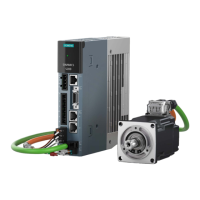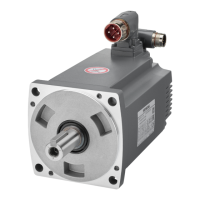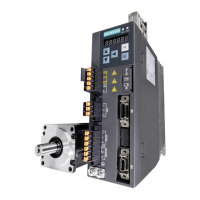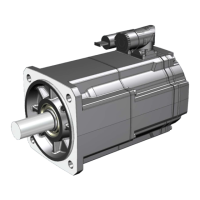12.3 Faults and alarms
12.3.1 Over
view of faults and alarms
Description
Denitions
A message includes a letter and a relevant number.
The letters have the following meaning:
• A means "Alarm"
• F means "Fault"
• N means "No message" or "Internal message"
• C means "Safety message"
In the delivery state (p3117 = 0), safety messages correspond to message type "C" and the
safety message buer is active. With p3117 = 1, safety messages correspond to the message
types "A" or "F" and are stored in the fault buer or the alarm buer.
Dierences between faults and alarms
An alarm reports an operating state which is non-critical at present. A fault means that it is
normally no longer possible to run the motor. The converter therefore responds to alarms
and faults dierently.
Table 12-4 Dierences between faults and alarms
Type Description
Faults How does a converter respond when a fault occurs?
•
Initiate t
he appropriate fault reaction.
• Set the status signal ZSW1.3.
• Enter the fault into the fault buer.
How are faults eliminated?
• Remove the cause of the fault.
• Acknowledge the fault.
What happens when the converter is switched o and switched on?
• Faults are saved retentively.
Alarms How does a converter respond when an alarm occurs?
• Set t
he status signal ZSW1.7.
• Enter the alarm into the alarm buer.
How are alarms eliminated?
• Alarms are self-acknowledging.
If the cause of the alarm is no longer present, the converter resets the alarm.
What happens when the converter is switched o and switched on?
• The alarm buer is lost when the supply voltage is switched o.
System messages
12.3Faults and alarms
SINAMICS S200 PROFINET servo drive system with SIMOTICS S-1FL2
428 Operating Instructions, 11/2023, FW V6.3, A5E51646752B AB
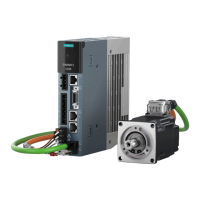
